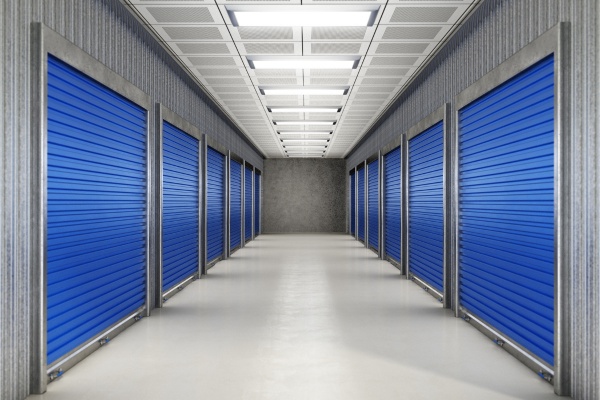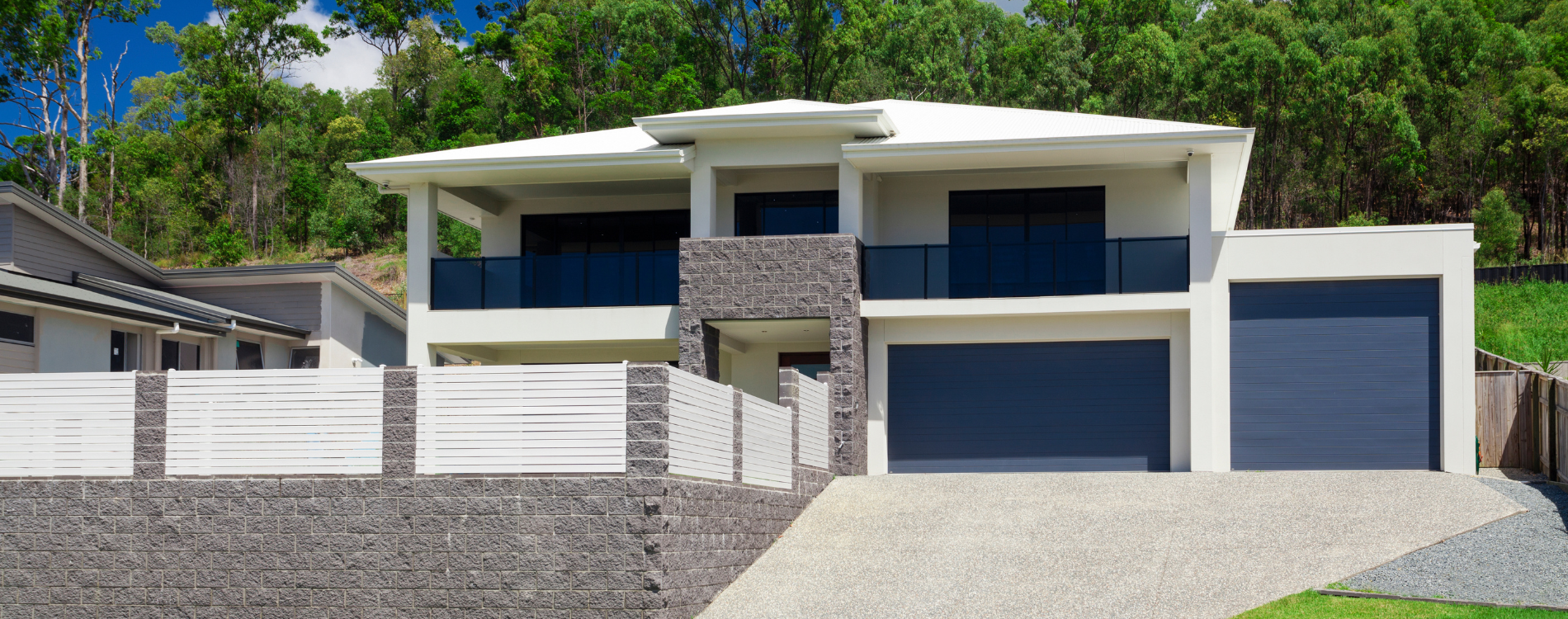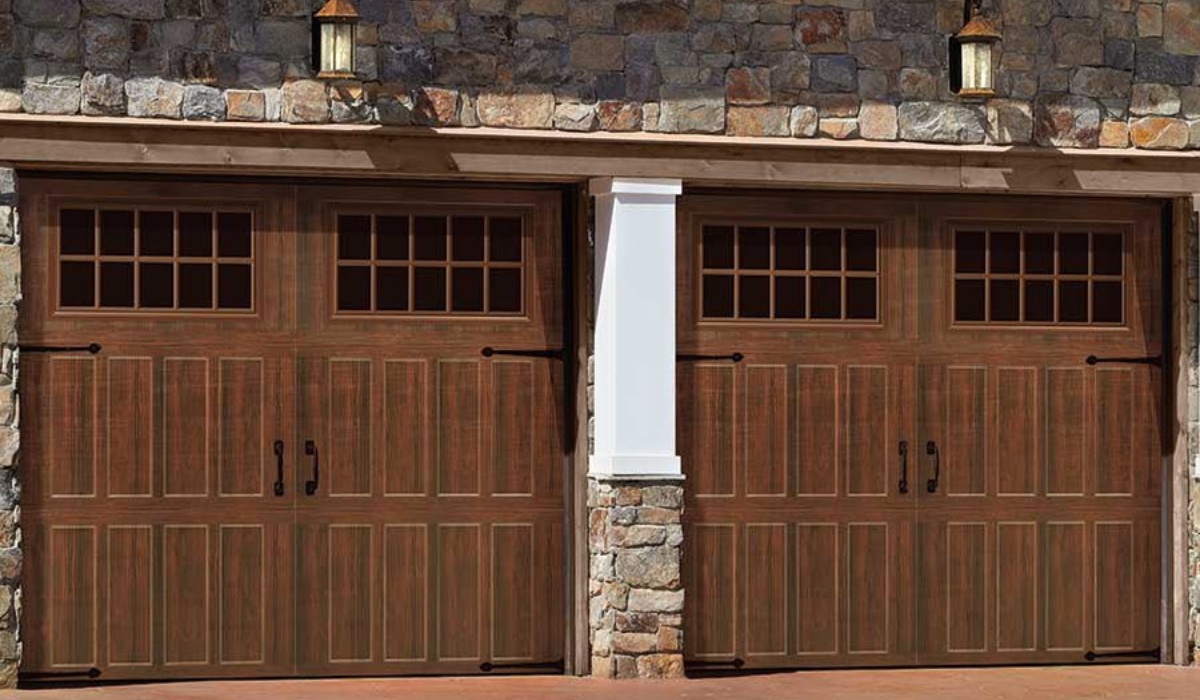Garage door cables are essential components that ensure smooth and safe operation of your garage door. However, when these cables break, it can cause significant inconvenience and safety risks. Understanding what causes a garage door cable to break is vital for homeowners, DIY enthusiasts, and property managers alike, helping you diagnose potential problems early and prevent costly repairs. This guide explores the top reasons behind cable failure, how spring tension, hardware issues, and environmental factors contribute, and when to seek professional help.
1. What Are the Most Common Reasons Garage Door Cables Break?
Garage door cables are subjected to constant tension and movement, leading to natural wear and tear over time. The most frequent causes of broken or snapped cables include:
- Material Fatigue: Repeated opening and closing cycles cause the steel strands in the cable to fray and weaken. Age of Door and Usage: Older doors or those used multiple times daily experience accelerated cable wear. Frayed or Worn Cables: Exposure to friction from pulleys or sharp edges can lead to visible fraying, signaling impending failure. Cable Damage from Impact: Accidental hits or sudden forceful door movements create stress points causing breakage.
Regular inspection and attention to signs of cable damage prevent unexpected cable breakage and maintain door functionality.

2. How Does Spring Tension Affect Garage Door Cables?
Garage door springs — either torsion or extension types — bear the brunt of counterbalancing your door’s weight. Their tension directly influences cable health:

- Excessive Spring Tension: Over-tightened springs place too much strain on cables, increasing the likelihood of snapping under pressure. Spring Failure Impact: When a spring breaks or loses tension, cables often become loose or slack, resulting in uneven load distribution and possible cable slippage or detachment. Incorrect Tension Adjustment: Misadjusted springs lead to cable wear by causing irregular movement or uneven tension across the cable length.
Proper spring tension adjustment is critical to ensure cables operate within safe limits and last longer.
3. Can Improper Installation or Poor Maintenance Cause Cable Breakage?
Improper installation and maintenance neglect are major contributors to premature cable damage:
- Faulty Cable Installation: Incorrectly routed cables or loose drum attachments cause uneven tension and rapid wear. Lack of Preventative Maintenance: Failing to lubricate pulleys, rollers, and springs increases friction, accelerating cable deterioration. Unreplaced Old Cables: Cables past their service life become brittle and prone to snapping without warning. Skipping Regular Inspections: Missing routine checks means small issues like fraying or loose hardware go unnoticed until failure.
Following manufacturer-recommended maintenance schedules and replacing cables before complete failure helps avoid emergency breakdowns.
4. How Do Hardware Issues Like Pulley, Drum, and Roller Problems Contribute to Cable Damage?
The garage door’s mechanical system relies on pulleys, winding drums, and rollers to guide cables smoothly. Issues here directly affect cable integrity:
- Winding Drum Problems: Loose or worn drums can cause cables to slip or become pinched, increasing fraying risk. Pulley System Failure: Damaged or seized pulleys prevent proper cable movement, creating sharp bends or rubbing points that weaken cables. Roller Damage: Rusted, jammed, or worn rollers increase door resistance, forcing cables to bear extra load and wear unevenly. Hardware Misalignment: Bent tracks or misaligned pulleys divert cable path, causing mechanical stress and premature cable breakage.
Routine hardware inspections and timely repairs are essential to maintain optimal cable function and prevent damage.
5. What Role Does Weather and Environmental Damage Play in Breaking Garage Door Cables?
Environmental conditions significantly influence cable longevity and performance:

- Rust and Corrosion: Moisture exposure leads to rusted or corroded cables, greatly reducing tensile strength. Extreme Weather Effects: Cold temperatures can freeze components, and heat causes metal fatigue, both increasing the risk of cable snapping. Impact Damage from Debris or Ice: External elements hitting the door or cables may create weak spots that fail under pressure.
Protecting cables https://collinorao506.huicopper.com/comprehensive-garage-door-repair-blog-2025-tips-troubleshooting-amp-professional-help from moisture and regularly cleaning components mitigate environmental damage.
6. Can Excessive Force or Sudden Jerking Cause a Cable to Snap?
Forceful door operation is a common but often overlooked cause of cable failure:
- Manual Excessive Force: Attempting to open or close a door manually when the opener fails puts extreme strain on cables. Sudden Jerking Movements: Rapid or jerky door motions during opening or closing overstress cables beyond their designed capacity. Overloaded or Unbalanced Doors: Doors heavier than rated or poorly balanced amplify cable tension during operation.
Avoid forceful operations and ensure door balance to preserve cable integrity.
7. How Does Track Misalignment and Hardware Damage Affect Cable Integrity?
Smooth track alignment is crucial for even door movement and cable health:
- Bent or Damaged Tracks: Off-track or bent tracks cause cables to pull unevenly or get pinched, leading to wear or detachment. Track Damage Impact: Misaligned tracks increase door resistance and abnormal cable stress.
Regular track inspections and adjustments are key preventative measures.
8. What Are the Signs of a Worn or Damaged Garage Door Cable Before It Breaks?
Catching cable issues early helps avoid hazardous failures. Watch for:
- Visible Fraying or Broken Strands: Clear indication that cable replacement is imminent. Loose or Slack Cable: May suggest spring failure or cable detachment. Uneven Door Movement or Delayed Response: Often caused by cable slippage or partial breakage. Unusual Noises: Grinding or snapping sounds when operating signal hardware or cable problems.
If any signs appear, schedule immediate inspection and repair.
9. When Should You Consider Professional Repair Versus DIY Repair for a Broken Garage Door Cable?
While some maintenance tasks suit DIY enthusiasts, garage door cable repairs are best left to professionals:
- High Spring Tension Risks: Springs store dangerous energy that can cause injury if mishandled during cable replacement. Complex Mechanical Systems: Proper tools and expertise are needed for safe and effective repair and cable adjustment. Safety Concerns: Incorrect repair can lead to door malfunction or collapse, posing hazards to people and property. Warranty and Insurance: Professional repairs often protect warranties and meet insurance requirements.
Call a certified technician when dealing with cable breakage or complicated hardware failures.
Garage Door Cable Replacement: Best Practices for Longevity and Safety
Replacing garage door cables involves careful steps to ensure safety and proper function:
- Disconnect the garage door opener and secure the door in the fully closed position. Release spring tension safely using appropriate tools or professional assistance. Remove old cables from drums and pulleys with care to avoid injury. Install new cables, ensuring they are routed correctly with equal tension on both sides. Check pulley, roller, and drum conditions; replace worn hardware simultaneously. Adjust spring tension and test door balance and operation thoroughly. Schedule replacement every 7-12 years or sooner if signs of wear appear.
Following this checklist reduces emergency repairs and extends cable lifespan.
Safety Tips for Handling Garage Door Cables
Garage door cables and springs are under high tension and must be handled cautiously:
- Always wear protective gloves and eye protection when inspecting or repairing cables. Never attempt spring or cable adjustments without proper training or tools. Disconnect power to the door opener before servicing the door. Keep hands and body parts clear of cables and moving parts during operation. If unsure, call a professional to avoid injury or improper repair.
These precautions minimize mechanical failure risks and personal harm.
Impact of Door Weight and Balance on Cable Longevity
The door’s overall weight and balance significantly influence cable strain:
- Heavy Doors: Heavier doors increase cable tension and wear, requiring stronger cables and well-maintained springs. Unbalanced Doors: Imbalanced doors cause uneven cable tension leading to premature fraying and snapping. Regular Balancing: Testing door balance periodically prevents excessive cable stress and prolongs hardware life.
Proper weight management keeps cables functioning smoothly longer.
Frequently Asked Questions (FAQ)
Q1: How long do garage door cables usually last?
Typically, garage door cables last between 7 to 12 years depending on usage frequency, environmental exposure, and maintenance quality.
Q2: Can I temporarily fix a snapped garage door cable myself?
Temporary fixes are not advisable due to safety risks. It’s best to stop using the door and call a professional technician immediately.
Q3: What causes a garage door cable to fray before breaking?
Fraying results from rubbing against sharp edges, misaligned pulleys, corrosion, or excessive tension caused by faulty springs.
Q4: Is it safe to operate a garage door with a broken cable?
No, operating a door with a broken cable is dangerous as it risks door collapse or further mechanical failure.
Q5: How often should garage door cables be inspected?
Cables should be inspected at least twice annually during regular garage door maintenance checks.
In summary, garage door cable breakage stems from a combination of natural wear, mechanical strain from spring tension and hardware issues, environmental damage, and occasional misuse. Proactive maintenance, regular inspections, and addressing signs of cable wear early can prevent costly repairs and safety hazards. For most cable replacements and repairs, entrusting the task to a certified professional ensures the job is done safely and effectively. Protect your home and garage door investment by understanding these root causes and acting promptly at the first sign of trouble.